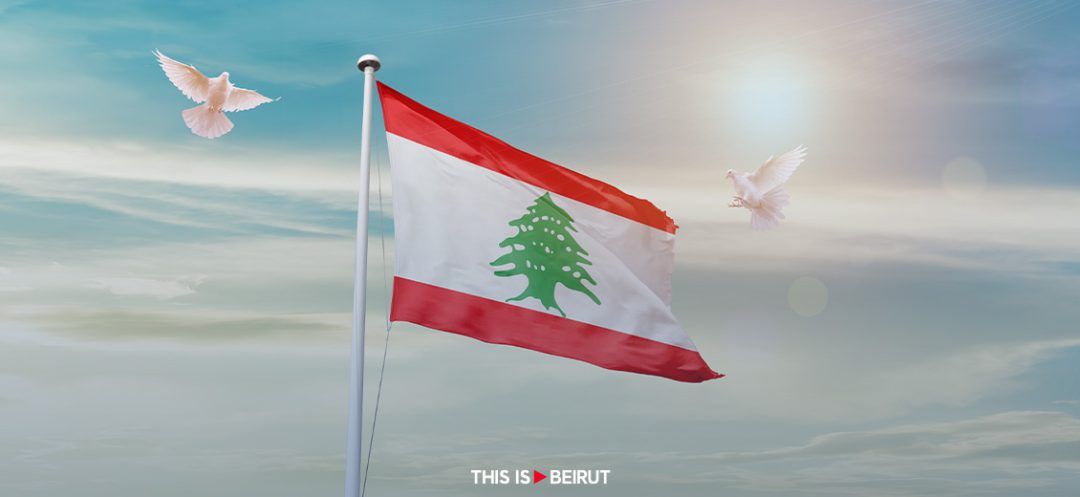
History has shown that, in Lebanon, every era is dominated by a religious community or group, voluntarily or not.
Before the war, political Maronitism was made manifest when the Maronites took over the State, taking advantage of the President’s considerable prerogatives to consolidate their position and better their status. They did not heed the call of the people to improve the existing regime. The main difference, back then, is that the opposition was not Sunni or Shia. In fact, the main opponents were Druze, led by Kamal Joumblatt who perceived the Maronites in power – and Camille Chamoun who was his rival in the Chouf – as a threat to the future of the State. Joumblatt was the first to call for a change of regime and sought – before the war even started – the redistribution of roles and prerogatives, benefitting from the support of his Sunni allies.
The swan song of political Maronitism came after the Taif accords, giving way to political Sunnism, made possible by the powerful Rafic Hariri who enjoyed exceptional support from Western and Arab countries. Hariri would become the main man behind Lebanon’s post-war reconstruction. At the time, the political backdrop in the region was one of tutelage, not conflict. Aware of that, Hariri went with the flow, supported as he was by Saudi Arabia and Syria, to preserve stability in the country.
However, the post-9/11 period signified the beginning of the end of political Sunnism in Lebanon, with the rise of Sunni fundamentalism in the form of Al-Qaeda and Bin Laden more specifically. And the fall of Saddam Hussein in Iraq contributed to this decline… Hariri’s assassination could be the result of the regime’s downfall, just as much as the demise of the regime in Iraq could have led to the death of the Lebanese Prime Minister; there is no need to link the two logically. They could, however, be perceived as indicators of the dwindling power of Sunnis in regional policymaking, one that would eventually be replaced.
After 2005 and the security tremors caused by the assassination of Prime Minister Hariri and the withdrawal of the Syrian army from Lebanon, a political earthquake shook the nation, but very few consider it when analyzing the events that unfolded. The earthquake in question is the entry into the Cabinet of Hezbollah, for the first time since Taif while, previously, only Hezb’s allies participated in government. This step catapulted Hezbollah into the political game and heralded a new era of political Shiism that lasts until this day, the weight of which was showcased by the Doha agreements. Evidently, the agreements in question did not impose Shia presence the way we feel it now, but the power brought about by its weapons and the events of May 7 helped Hezbollah dictate its policies “constitutionally” – with the help of seasoned Speaker of Parliament, Nabih Berri, when it comes to micromanagement.
The Shia political administration is still influential, and no one can tell if its reign will end. What is certain, however, is that it is engaging the final stretch. The question, now, is about how the exit will occur, even if Hezb’s replacement in the Lebanese regime is a certainty.
The substitute to political Shiism will be either of the following two options: establishing a regime where all groups are minorities – as opposed to having one majority group take control – or altering the entire map altogether to put an end to Greater Lebanon. Both resorts require a big tremor to succeed. May God protect Lebanon.
Before the war, political Maronitism was made manifest when the Maronites took over the State, taking advantage of the President’s considerable prerogatives to consolidate their position and better their status. They did not heed the call of the people to improve the existing regime. The main difference, back then, is that the opposition was not Sunni or Shia. In fact, the main opponents were Druze, led by Kamal Joumblatt who perceived the Maronites in power – and Camille Chamoun who was his rival in the Chouf – as a threat to the future of the State. Joumblatt was the first to call for a change of regime and sought – before the war even started – the redistribution of roles and prerogatives, benefitting from the support of his Sunni allies.
The swan song of political Maronitism came after the Taif accords, giving way to political Sunnism, made possible by the powerful Rafic Hariri who enjoyed exceptional support from Western and Arab countries. Hariri would become the main man behind Lebanon’s post-war reconstruction. At the time, the political backdrop in the region was one of tutelage, not conflict. Aware of that, Hariri went with the flow, supported as he was by Saudi Arabia and Syria, to preserve stability in the country.
However, the post-9/11 period signified the beginning of the end of political Sunnism in Lebanon, with the rise of Sunni fundamentalism in the form of Al-Qaeda and Bin Laden more specifically. And the fall of Saddam Hussein in Iraq contributed to this decline… Hariri’s assassination could be the result of the regime’s downfall, just as much as the demise of the regime in Iraq could have led to the death of the Lebanese Prime Minister; there is no need to link the two logically. They could, however, be perceived as indicators of the dwindling power of Sunnis in regional policymaking, one that would eventually be replaced.
After 2005 and the security tremors caused by the assassination of Prime Minister Hariri and the withdrawal of the Syrian army from Lebanon, a political earthquake shook the nation, but very few consider it when analyzing the events that unfolded. The earthquake in question is the entry into the Cabinet of Hezbollah, for the first time since Taif while, previously, only Hezb’s allies participated in government. This step catapulted Hezbollah into the political game and heralded a new era of political Shiism that lasts until this day, the weight of which was showcased by the Doha agreements. Evidently, the agreements in question did not impose Shia presence the way we feel it now, but the power brought about by its weapons and the events of May 7 helped Hezbollah dictate its policies “constitutionally” – with the help of seasoned Speaker of Parliament, Nabih Berri, when it comes to micromanagement.
The Shia political administration is still influential, and no one can tell if its reign will end. What is certain, however, is that it is engaging the final stretch. The question, now, is about how the exit will occur, even if Hezb’s replacement in the Lebanese regime is a certainty.
The substitute to political Shiism will be either of the following two options: establishing a regime where all groups are minorities – as opposed to having one majority group take control – or altering the entire map altogether to put an end to Greater Lebanon. Both resorts require a big tremor to succeed. May God protect Lebanon.
Read more




Comments